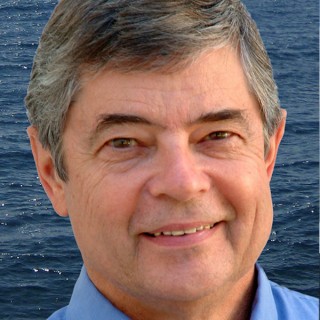
Dr. Edward T. Baker was a researcher in NOAA’s Earth-Ocean Interactions Program for 38 years before joining the Joint Institute for the Study of the Atmosphere and Ocean at the University of Washington in 2013. His research interests over the past 30 years have centered on two primary issues: the creation and thermal evolution of vent fields created by seafloor eruptions, and the global pattern of vent field distribution along ridges and island arcs. Data comes primarily from measurements of physical (hydrography and optical) and chemical (oxidation-reduction potential to detect reduced chemical species) tracers that can be used to track hydrothermal discharge through the water column. For the last 15 years his work has been focused along volcanic arcs and the adjacent backarcs in the western Pacific (Kermadec-Tonga and Mariana). To expand the global discovery of seafloor vent sites, he developed a simple Miniature Autonomous Plume Sensor (MAPR) that allows any researcher using any wire lowered to the sea floor—for rock cores, dredges, sidescan sonar—to explore for hydrothermal activity at no cost to the primary cruise objectives. MAPRs have been used on over 90 cruises in every ocean.
Dr. Baker received a B.S. in Geology at the University of Notre Dame before ever seeing salt water. He then attended the University of Washington in Seattle (next to salt water) where he earned a M.S. in 1969 and a Ph.D. in Geological Oceanography in 1973.
Cruises:
